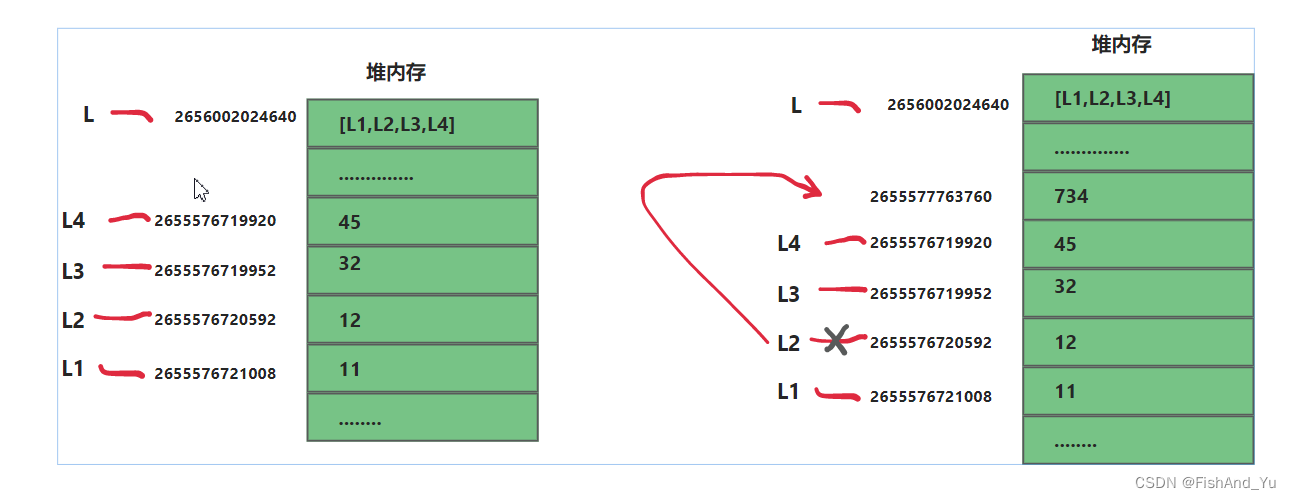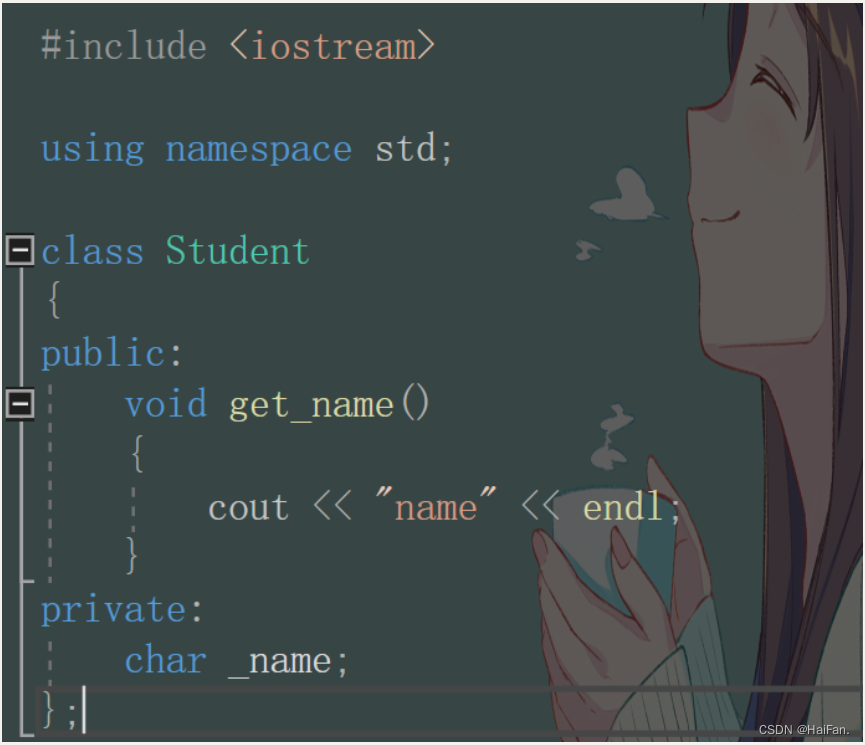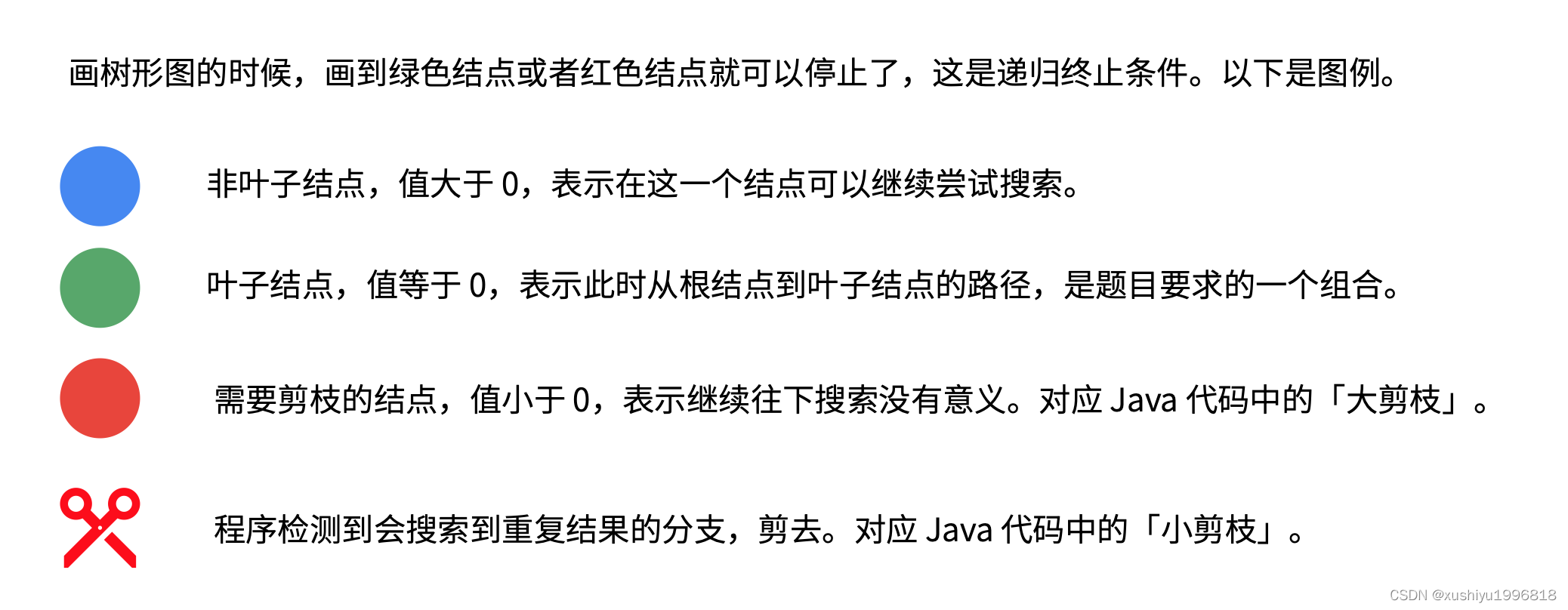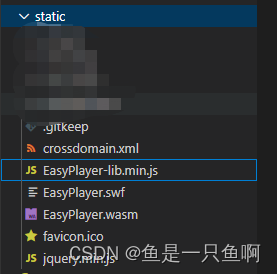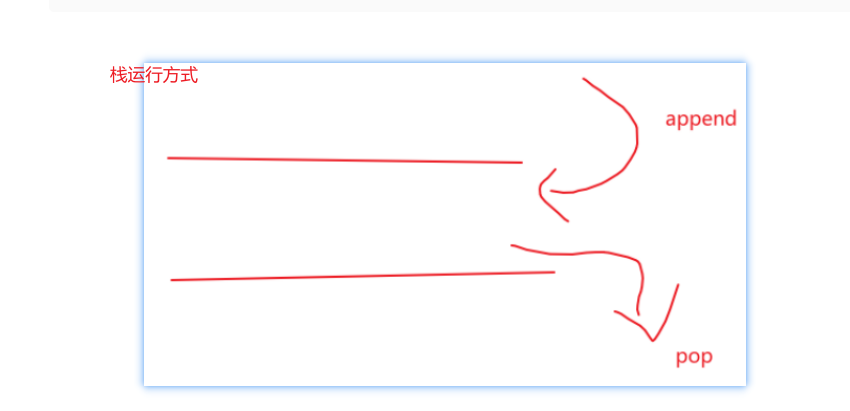动动发财的小手,点个赞吧!
简介
困扰
在 Python 中使用并发编程来提高效率对于数据科学家来说并不罕见。在后台观察各种子进程或并发线程以保持我的计算或 IO 绑定任务的顺序总是令人满意的。
但是还有一点困扰我的是,当我在后台并发处理成百上千个文件或者执行成百上千个进程时,我总是担心会不会有几个任务偷偷挂了,整个代码永远跑不完。我也很难知道代码现在在哪里执行。
最糟糕的是,当我看着一个空白屏幕时,很难说出我的代码需要多长时间才能执行或 ETA 是多少。这对我安排工作日程的能力非常不利。
因此,我想要一种方法让我知道代码执行到了哪里。
已有方法
比较传统的做法是任务之间共享一块内存区域,在这块内存区域放一个计数器,当一个任务结束的时候让这个计数器+1,然后用一个线程不停的打印这个计数器的值。
这从来都不是一个好的解决方案:一方面,我需要在你现有的业务逻辑中添加一段用于计数的代码,这违反了“低耦合,高内聚”的原则。另一方面,由于线程安全问题,我必须非常小心锁定机制,这会导致不必要的性能问题。
tqdm

有一天,我发现了 tqdm 库,它使用进度条来可视化我的代码进度。我可以使用进度条来可视化我的 asyncio 任务的完成和预计到达时间吗?
那么本文[1]我把这个方法分享给大家,让每个程序员都有机会监控自己并发任务的进度。
异步
在我们开始之前,我希望您了解一些 Python asyncio 的背景知识。我的文章描述了asyncio[2]的一些常用API的用法,这将有助于我们更好地理解tqdm的设计:
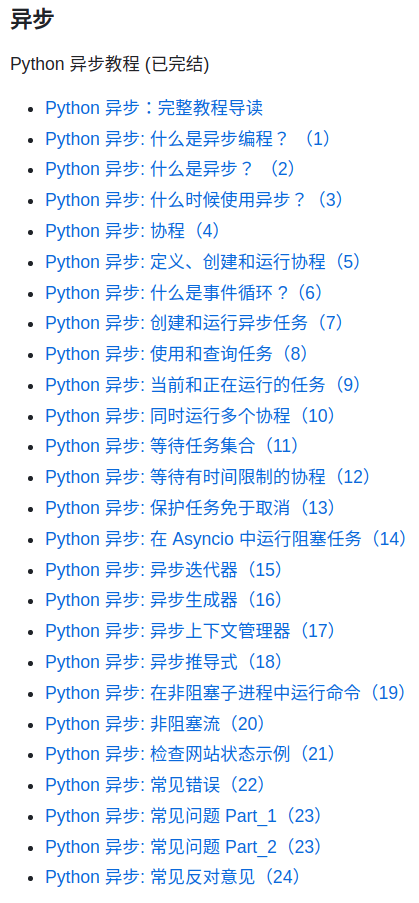
tqdm 概述
如官方网站所述,tqdm 是一个显示循环进度条的工具。它使用简单、高度可定制并且占用资源少。
一个典型的用法是将一个可迭代对象传递给 tqdm 构造函数,然后你会得到一个如下所示的进度条:
from time import sleep
from tqdm import tqdm
def main():
for _ in tqdm(range(100)):
# do something in the loop
sleep(0.1)
if __name__ == "__main__":
main()
或者您可以在读取文件时手动浏览并更新进度条的进度:
import os
from tqdm import tqdm
def main():
filename = "../data/large-dataset"
with (tqdm(total=os.path.getsize(filename)) as bar,
open(filename, "r", encoding="utf-8") as f):
for line in f:
bar.update(len(line))
if __name__ == "__main__":
main()

将 tqdm 与异步集成
总体而言,tqdm 非常易于使用。但是,GitHub 上需要更多关于将 tqdm 与 asyncio 集成的信息。所以我深入研究了源代码,看看 tqdm 是否支持 asyncio。
幸运的是,最新版本的 tqdm 提供了包 tqdm.asyncio,它提供了类 tqdm_asyncio。
tqdm_asyncio 类有两个相关的方法。一个是 tqdm_asyncio.as_completed。从源码可以看出,它是对asyncio.as_completed的包装:
@classmethod
def as_completed(cls, fs, *, loop=None, timeout=None, total=None, **tqdm_kwargs):
"""
Wrapper for `asyncio.as_completed`.
"""
if total is None:
total = len(fs)
kwargs = {}
if version_info[:2] < (3, 10):
kwargs['loop'] = loop
yield from cls(asyncio.as_completed(fs, timeout=timeout, **kwargs),
total=total, **tqdm_kwargs)
另一个是 tqdm_asyncio.gather ,从源代码可以看出,它基于模拟 asyncio.gather 功能的 tqdm_asyncio.as_completed 的实现:
@classmethod
async def gather(cls, *fs, loop=None, timeout=None, total=None, **tqdm_kwargs):
"""
Wrapper for `asyncio.gather`.
"""
async def wrap_awaitable(i, f):
return i, await f
ifs = [wrap_awaitable(i, f) for i, f in enumerate(fs)]
res = [await f for f in cls.as_completed(ifs, loop=loop, timeout=timeout,
total=total, **tqdm_kwargs)]
return [i for _, i in sorted(res)]
所以,接下来,我将描述这两个API的用法。在开始之前,我们还需要做一些准备工作。在这里,我写了一个简单的方法来模拟一个随机休眠时间的并发任务:
import asyncio
import random
from tqdm.asyncio import tqdm_asyncio
class AsyncException(Exception):
def __int__(self, message):
super.__init__(self, message)
async def some_coro(simu_exception=False):
delay = round(random.uniform(1.0, 5.0), 2)
# We will simulate throwing an exception if simu_exception is True
if delay > 4 and simu_exception:
raise AsyncException("something wrong!")
await asyncio.sleep(delay)
return delay
紧接着,我们将创建 2000 个并发任务,然后使用 tqdm_asyncio.gather 而不是熟悉的 asyncio.gather 方法来查看进度条是否正常工作:
async def main():
tasks = []
for _ in range(2000):
tasks.append(some_coro())
await tqdm_asyncio.gather(*tasks)
print(f"All tasks done.")
if __name__ == "__main__":
asyncio.run(main())

或者让我们用 tqdm_asyncio.as_completed 替换 tqdm_asyncio.gather 并重试:
async def main():
tasks = []
for _ in range(2000):
tasks.append(some_coro())
for done in tqdm_asyncio.as_completed(tasks):
await done
print(f"The tqdm_asyncio.as_completed also works fine.")
if __name__ == "__main__":
asyncio.run(main())

Reference
Source: https://towardsdatascience.com/using-tqdm-with-asyncio-in-python-5c0f6e747d55
[2]异步: https://github.com/Jwindler/Ice_story
本文由 mdnice 多平台发布


